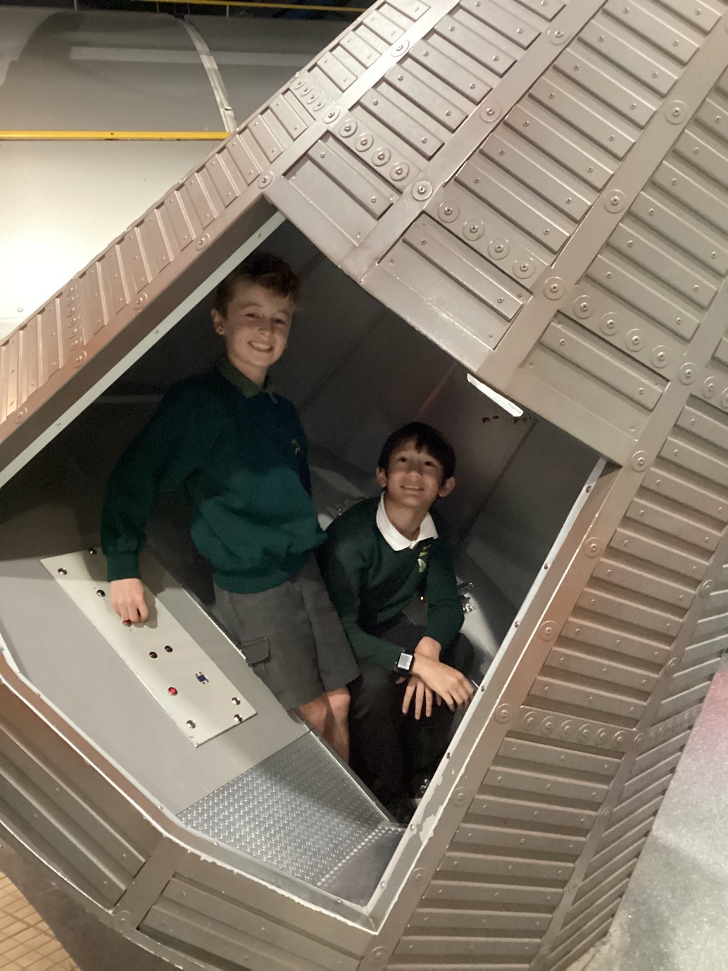Science
At Meadowdale, we nurture children’s natural curiosity and build strong foundations for their understanding of the world around them, equipping all pupils with the skills and knowledge to help them think scientifically. We develop children’s respect for all living things and the physical environment.
Science is taught as a discrete subject across the school and each year group bases their planning on the requirements of the Foundation Stage Framework (ELG: The Natural World) and the National Curriculum. The curriculum builds throughout the children’s time at school, with topics being returned to at various points. These topics are plants; living things and their habitats; animals including humans; evolution and inheritance; seasonal changes; materials; rocks; light; forces; sound; electricity; earth and space.

As we revisit topics, we teach the subject-specific vocabulary which will enable all children to express their ideas and develop their understanding of scientific concepts. We encourage all children to ask questions, and use practical investigations and careful observations to explore and discover the answers to these questions.
Working scientifically skills are embedded in the planning of each topic and develop cumulatively across the school. We help all children to understand the relevance and importance of science in everyday life.
